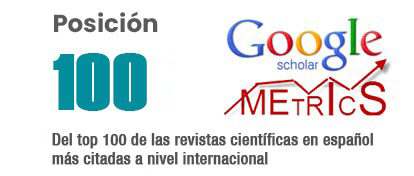Academy as agent of local development
DOI:
https://doi.org/10.62452/z873qx65Keywords:
Local development, planning, teachers, students, territoryAbstract
This research analyzes the scenarios that the academy should act as agents of local development, producing information form agents that generate endogenous development, local networks, cantonal, provincial, regional and international, mobilizing teachers and students from the territory according to policies for science, technology and innovation together with government agencies, the private sector, collaborating with other centers within and outside the territory in strategic planning.
Downloads
References
Arcos Proaño, C. (2008). Clústers como modelo para alcanzar la productividad y competitividad industrial en el Ecuador. (Tesis de maestría). Universidad Andina Simón Bolívar.
Brivio Borja, A., & Pérez de Corcho Fuentes, J. S. (2015). Caracterización general del perfil de los emprendedores de los sectores del comercio y los servicios en Nueva Loja. Universidad y Sociedad, 7(1), 64-73.
Ecuador. Asamblea Nacional. (2010). Código Orgánico de la Producción, comercio e inversiones. Registro Oficial Suplemento 351. https://www.wipo.int/edocs/lexdocs/laws/es/ec/ec088es.pdf
Ecuador. Secretaría Nacional de Planificación y Desarrollo. (2017). Plan Nacional para el Buen Vivir 2017 - 2021. SENPLADES. https://www.planificacion.gob.ec/wp-content/uploads/downloads/2017/10/PNBV-26-OCT-FINAL_0K.compressed1.pdf
Real Academia Española. (2006). Diccionario de la lengua española. Espasa Calpe S.A.
Downloads
Published
Issue
Section
License
Copyright (c) 2020 Tonysé De la Rosa Martín, Adriano Ricardo Brivio Borja (Autor/a)

This work is licensed under a Creative Commons Attribution-NonCommercial-ShareAlike 4.0 International License.
Authors who publish in Revista Metropolitana de Ciencias Aplicadas (REMCA), agree to the following terms:
1. Copyright
Authors retain unrestricted copyright to their work. Authors grant the journal the right of first publication. To this end, they assign the journal non-exclusive exploitation rights (reproduction, distribution, public communication, and transformation). Authors may enter into additional agreements for the non-exclusive distribution of the version of the work published in the journal, provided that acknowledgment of its initial publication in this journal is given.
© The authors.
2. License
The articles are published in the journal under the Creative Commons Attribution-NonCommercial-ShareAlike 4.0 International License (CC BY-NC-SA 4.0). The terms can be found at: https://creativecommons.org/licenses/by-nc-sa/4.0/deed.en
This license allows:
- Sharing: Copying and redistributing the material in any medium or format.
- Adapting: Remixing, transforming, and building upon the material.
Under the following terms:
- Attribution: You must give appropriate credit, provide a link to the license, and indicate if any changes were made. You may do this in any reasonable manner, but not in any way that suggests the licensor endorses or sponsors your use.
- NonCommercial: You may not use the material for commercial purposes.
- ShareAlike: If you remix, transform, or build upon the material, you must distribute your creation under the same license as the original work.
There are no additional restrictions. You may not apply legal terms or technological measures that legally restrict others from doing anything the license permits.




